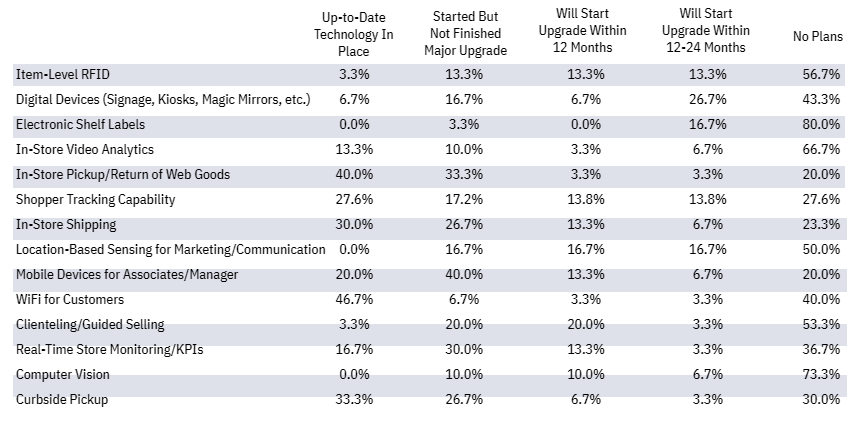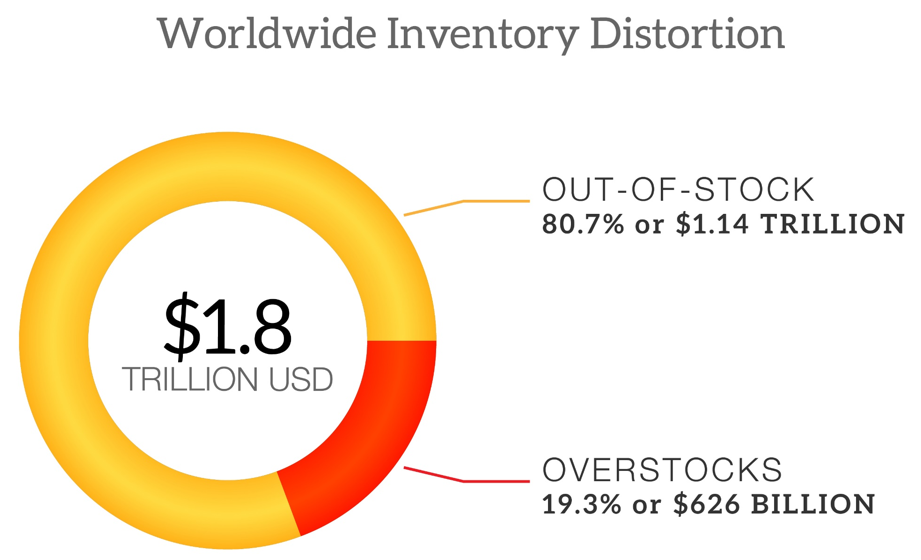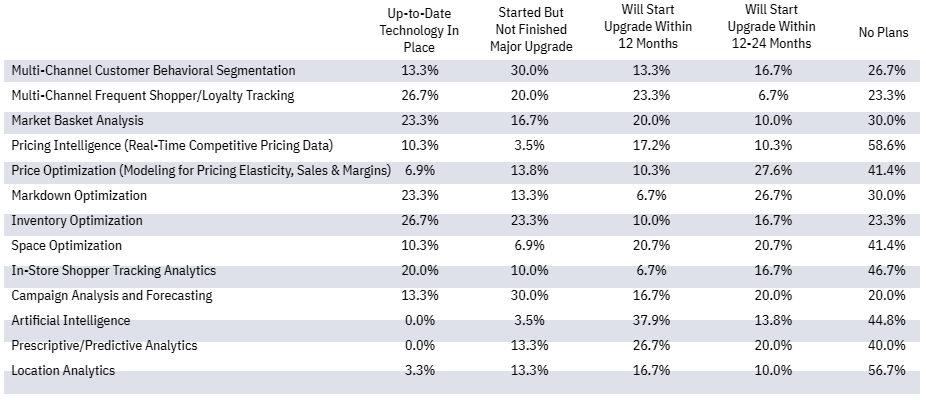
Despite the coronavirus pandemic’s impact on how we work, shop, and entertain ourselves, the retail industry has managed to adapt in the face of these challenges. Although e-commerce has played a bigger role in retail sales than before the pandemic, the “retail apocalypse” has been largely overstated. In fact, with brick-and-mortar sales generating over $18.5 trillion in the United States in 2020, I anticipate that the physical store will continue to act as the epicenter of the post–COVID-19 retail experience.
The Retail Store in 2021 and Beyond
For nearly a decade, e-commerce has been seen as a threat to traditional retailers, positioning online retailers as more capable of meeting growing consumer expectations for convenience and affordability. But the retail industry is nothing if not resilient. Faced with reduced in-store shopping due to widespread social distancing and stay-at-home orders, retailers turned to newer solutions like curbside pickup and buy-online-pickup-in-store (BOPIS).
One-third of retailers also reported investing in solutions to facilitate in-store pickup and returns for online purchases, offering customers the speed of brick-and-mortar retail with the convenience of online shopping.

Amazon has also recognized the importance of the physical store, starting with its acquisition of Whole Foods with its now 500-plus locations. The e-commerce giant also operates several other physical stores, including Amazon Go cashier-less convenience stores, Amazon Pop Up themed kiosks, Amazon Books bookstores, and Amazon 4-star general merchandise stores. The company’s latest brick-and-mortar stores venture is Amazon Fresh, with 11 locations now open and plans to open at least 28 of these full-line grocery stores.
In a recent survey of retail technology trends and spending, RIS News found that 31.6% of overall USA sales now come from digital channels, compared to 23% last year. As discussed in my last article, worldwide e-commerce sales spiked 27.6% in 2020 because of the pandemic but will drop to 14.3% growth in 2021. By 2024, 78% of retail sales will still take place in physical stores.
COVID-19 has become a brutal accelerator of digital transformation trends that were already underway. The physical store will remain a critical component to the retail success mix, but its level of digital connectivity to the consumer needs to dramatically increase.
Below is a summary of the in-store technologies currently receiving the greatest attention from retailers.

Because of the coronavirus pandemic, retailers almost immediately recognized the need for omnichannel shopping, leading to the rapid adoption of fulfillment solutions in mere days and weeks in the first half of 2020 instead of the predicted timeline of months and years. As retailers continue to invest in digitization, we can expect to see technology that will enhance how customers engage with brands across a growing number of platforms with the physical store as a pivotal differentiator of immersive experiences.
The $1.8 Trillion Dollar Retail Headache
During the pandemic, alternative order fulfillment methods like curbside pickup and BOPIS have become popular solutions for retailers to continue store operations while providing a convenient shopping experience to their customers.
With sales extending beyond the store into the parking lot, the retail store now plays a major role in online order fulfillment. Experts predict that 70% of retailers will offer curbside pickup by 2023 while 80% of retailers can provide in-store pickup and return options to customers by the same year.
As two-day and even same-day shipping options have become the standard, rather than an achievement, retailers have the unique opportunity to leverage their physical stores to deliver purchases directly to their customers’ doorsteps. To adapt to changing consumer expectations for shopping options, retailers have started stocking up on extra merchandise to fulfill online orders and even ship orders from stores, not warehouses, directly to customers’ homes.
The biggest challenge that retailers need to address in order to succeed in pandemic-accelerated digital integration is inventory distortion.

Inventory accuracy has been elevated to the most critical asset to keep consumers happily shopping across harmonized retail channels. New technologies such as RFID and computer vision, which I have discussed in previous articles and podcasts, are increasingly being deployed to meet this challenge.
The real challenge will be learning how to gather and analyze huge levels of data to gain accurate inventory visibility so retailers can identify inventory throughout the enterprise and get merchandise where it needs to be, when it needs to be there, whether that’s on store shelves, at curbside pickup, or delivered to customers’ homes.
Mining the Most Important Asset of the Retail Model
In order to keep up with the digital wave of retail, retailers need to speed up their technology investments, especially those that improve the customer experience to create brand loyalty and passionate consumers. Data and analytic investment continue to remain a top priority.

Customer data and, more importantly, the ability to mine it, to exceed their expectations are the new fuel that will drive the retail industry into the future. A great place to begin is by focusing on turning shoppers into loyal brand ambassadors through uniquely designed shopping journeys. Research has shown that 80% of consumers are more likely to make a purchase when brands offer personalized experiences.
Retail is, as it always was, about helping loyal customers getting their merchandise when they want and where they want it. In a post-pandemic world, this now translates to product availability online with fast delivery, on store shelves, and at curbside, with the flexibility to switch among these services for an increasingly convenient and positive shopping experience.
















